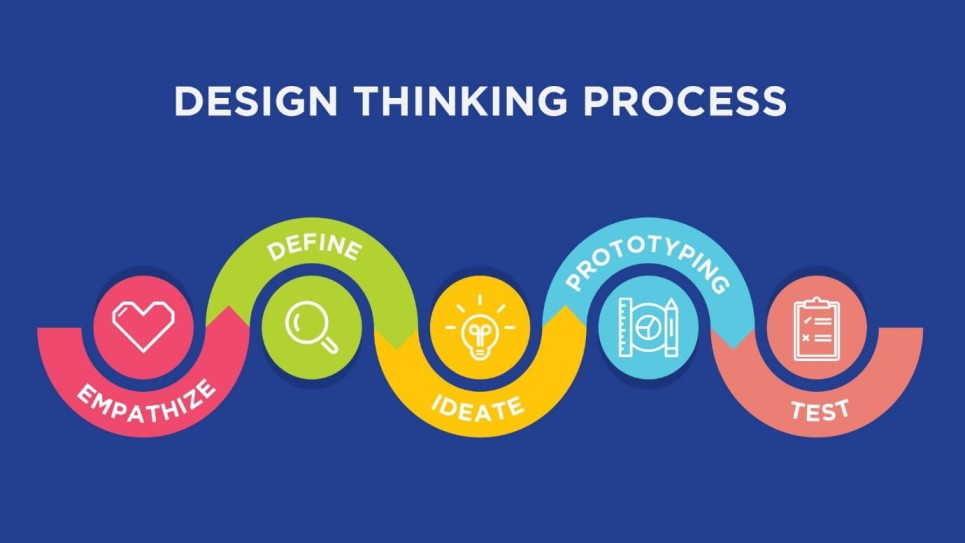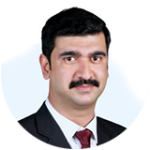How to choose the right Agile methodology for project development in a frugal way

Earlier, the role of technology was limited to be a mere business enabler. But the evolving business scenario now visions technology as the major business transformation element. This puts enterprises under tremendous pressure to build disruptive products with capabilities to transform the entire business world. The role of an efficient project management model for software development is crucial here to bring the right technology solutions at the right time.
Traditional project development models such as Waterfall are too rigid and depend explicitly on documentation. In such models, the customers get a glimpse of their long-wished product/application only towards the end of the delivery cycle. Through continuous communication and improvements in project development cycle irrespective of the diverse working conditions, enterprises need to ensure that they get things done with the application development within the stipulated time without compromising on quality. Without an efficient delivery method, the software development team often comes under pressure to release the product on time.
According to the survey done by Tech Beacon, almost 51% of the companies worldwide are leaning towards agile while a 16% has already adopted pure agile practices. While this statistic is in favour of agile for application development, there are some major challenges faced by both the service providers and customers while practising agile.
-
Communication gap
When the team is geographically distributed, communication gap is a common problem. In such a distributed agile development model, the transition of information from one team to another can create confusion and lose the essence of the context.
An outcome-based solutions model with team members present at client locations can enable direct client interactions and prompt response between both the sides.
-
Time zone challenges
Another challenge that the client faces in a distributed agile development environment is the diverse time zones. With teams working in different time zones, it is often difficult to find out common work hours where every team is present at the same time.
Through an outcome-based solutions model, the customers can stay relaxed and get prompt assistance during emergencies. Moreover, in such cases, the client stays updated about the progress of projects and iterations become easy.
-
Cultural differences
In a distributed agile team, the difference in work ethics, commitment, holidays and culture creates a gap between the development team and the customer.
In situations like these, a panel of experts including ex-CIO’s and industry experts can be the helping aid to provide customers with valuable insights on current market trends and solutions to close any cultural gaps.
-
Scope Creep
Scope Creep is another issue faced by countless customers associated with agile teams working on software development projects out of multiple locations.
Here, the missing pillar is a scrum master at offshore defining and estimating the tasks along with onsite representatives communicating every requirement from clients.
A closer look at these challenges suggests the scope of a properly architected and innovative agile model to resolve these issues. Through a carefully devised agile strategy, it becomes quite easy for both the client and development sides to interact on a frequent basis and overcome the obstacles.

